
People: Say It Loud, I’m Belarusian and Proud
Among young people in Belarus, speaking the national language instead of Russian is coming into vogue.
More...We kindly inform you that, as long as the subject affiliation of our 300.000+ articles is in progress, you might get unsufficient or no results on your third level or second level search. In this case, please broaden your search criteria.

Among young people in Belarus, speaking the national language instead of Russian is coming into vogue.
More...
In article the role of social and cultural norms of behavior of an individual in connection with process of formation of an information society is considered. This role is an important basis for formation of information and communicative system in the state building. It is underlined necessity of formation of culture of using information resources for a separate individual. It is a condition of its vigorous activity within the limits of public relations.
More...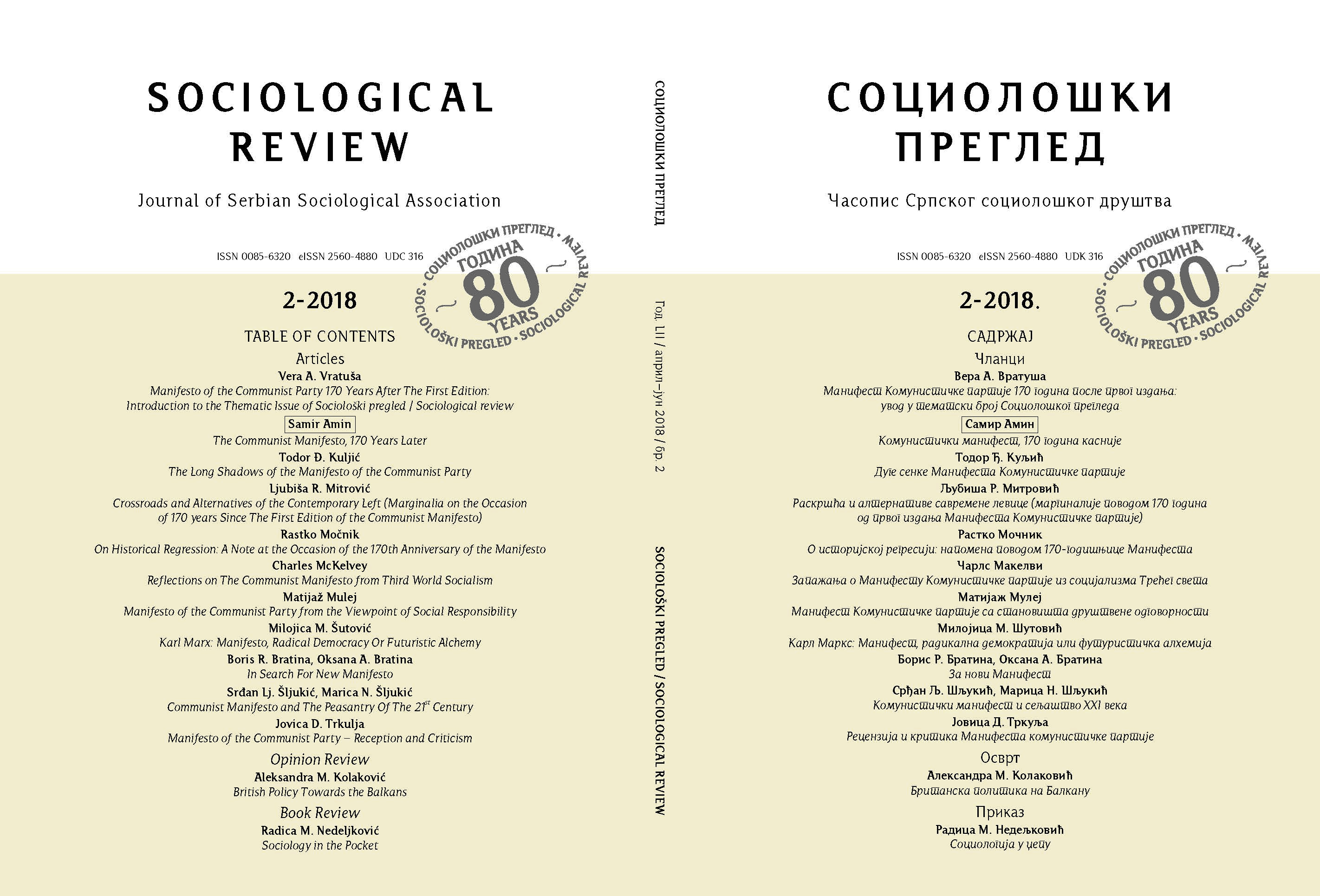
No text written in the mid-nineteenth century has held the road until today as well as the Communist Manifesto of 1848. Even today entire paragraphs of the text correspond to the contemporary reality even better than in 1848. Starting from the premises which were hardly visible in the era, Marx and Engels drew the conclusions which the deployment of 170 years of history fully consolidated. In this article I will give further enlightening examples.
More...
In the light of Manifesto social responsibility is not only an informal promotion of systemic, i.e. requisitely holistic behavior, aimed at overcoming the current crisis and becoming a new socio-economic order, replacing the monopolistic neo-liberalism as soon as possible for humankind to survive and avoid the 3rd world war. It is also a tool of power-holders aimed at preventing the pending new socio-economic order and at keeping their privileges and benefits.
More...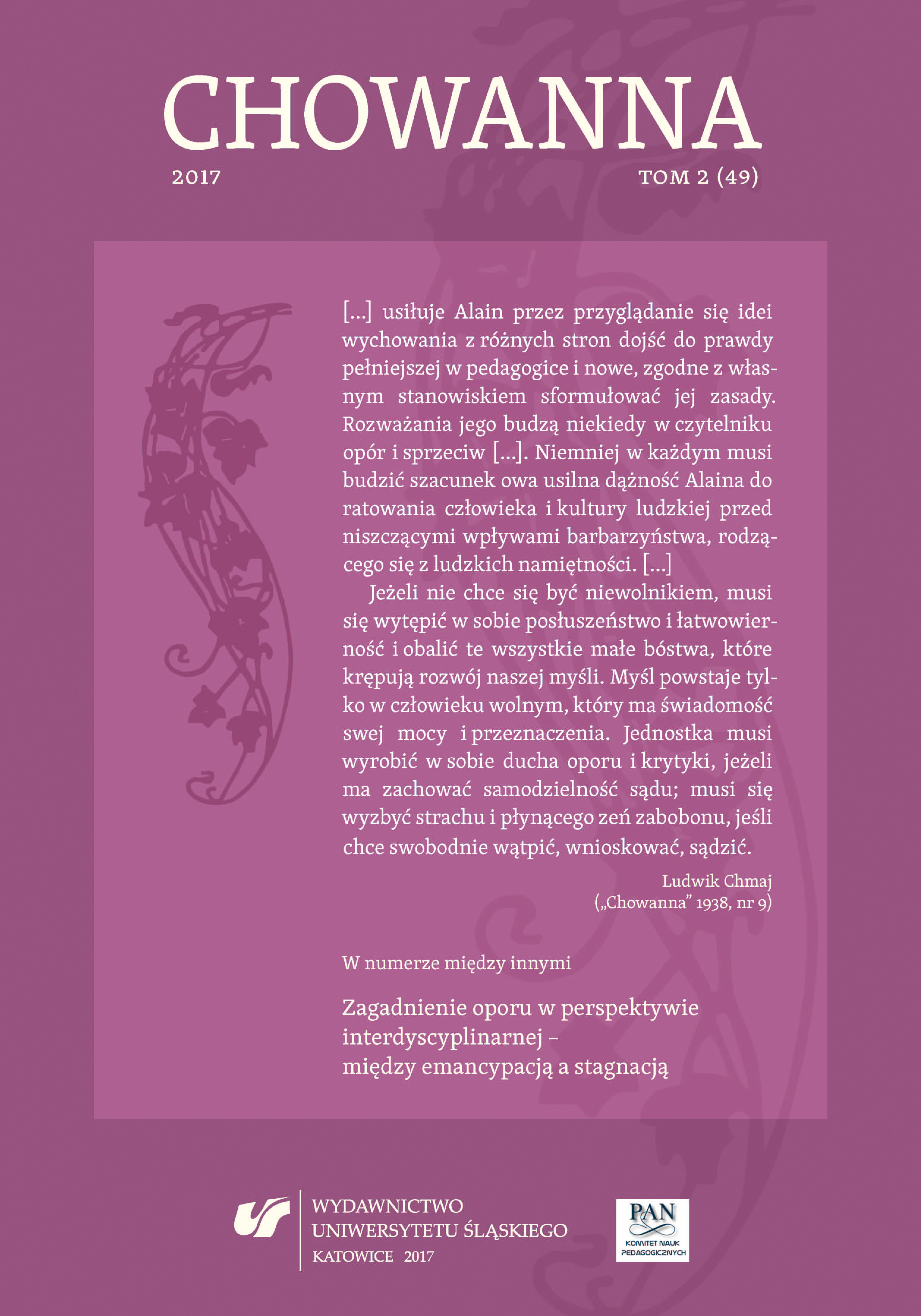
Contemporary, there is a constant need of having therapeutic knowledge among pedagogues and other specialists who support the development of adults, children and adolescents. This process is accompanied by the increase of awareness of different phenomena in the therapies and popularisation of psychoanalytic terms in the pedagogic praxis and social filed. The article presents the way of the resistance understanding in the process of psychodynamic psychotherapy of adults, children and adolescents and possibility of working over resistance – from the resistance source to the application of therapeutic techniques and control analysis usage.
More...
The article examines social control and the legal system as one of its tools. A survey was conducted among pedagogy students; the subject of the survey was the students’ attitude to the law and its effectiveness as well as evaluation of selected social control institutions. The views presented by the students are diverse; the respondents believe that the law has a regulative and protective function, both in society and in their lives. In their opinion, the prosecutors and courts are the most effective, while they deem the municipal police as the least effective. The proper functioning of formal social control institutions (legal and law enforcement authorities) is determined by their staff competence, good organization of work, and actions in compliance with the law. According to the respondents, informal social control determines the behaviour of an individual significantly, since this type of social control acts promptly and has positive and negative sanctions at its disposal.
More...
In this work we analyzed laypersons’ implicit theories of creativity in two different national cultures: Serbia (N=257) and the United States of America (N=255). Relying on previous works in this field, we have constructed a questionnaire comprised of 52 indicative and 36 contra-indicative personal characteristic which were rated by respondents on a 5-point scale on criteria of their creativity and desirability. Results show that both groups have similar conceptions of a creative person, which they see as an energetic, self-confident individual, gifted with creative talents and exceptional intellectual abilities, with profound emotionality and brightness. The main difference between the two groups is that respondents from Serbia, contrary to their American counterparts, do not perceive characteristics which reflect obedience to social norms as a contra-indication to creativity. Respondents have mostly seen creative attributes as desirable, although there is a number of characteristics that are rated differently in terms of their creativity and desirability. These results confirm that creativity and desirability are two distinct concepts and indicate positive view of creativity as a phenomenon and creative person as such.
More...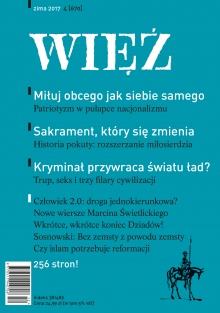
Conversation with Wojciechem Polakiem, Bartosz Bartosik and Ewa Buczek.
More...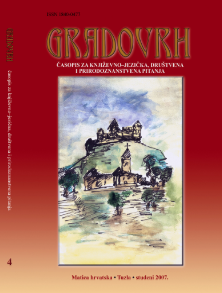
To inspect phenomenon culture and art how in him theoretical comprehensible way in practical perform in majority events to lead down and finished treatment material and spiritual culture in our phenomenon. In spite of all that art as narrower structural segment this what is culture exclusive to lead in deed arts act. Thin is phenomenon culture comprehensible in large plane indeed which is grasp large determination social. The cultural phenomenone must comprehensible and to train in totality as sphere which is social to consecrate the man behavior. The totality to observe culture and art to conceive in large social context in own essence including ideas, norms, values and habits. The specific feature individuals and social groups which had as or to come running in concret social reality point to in cultural specic mans, groups, state, society. The also and jargons subcultural essence to portray structural segment culture in his social encirelement.
More...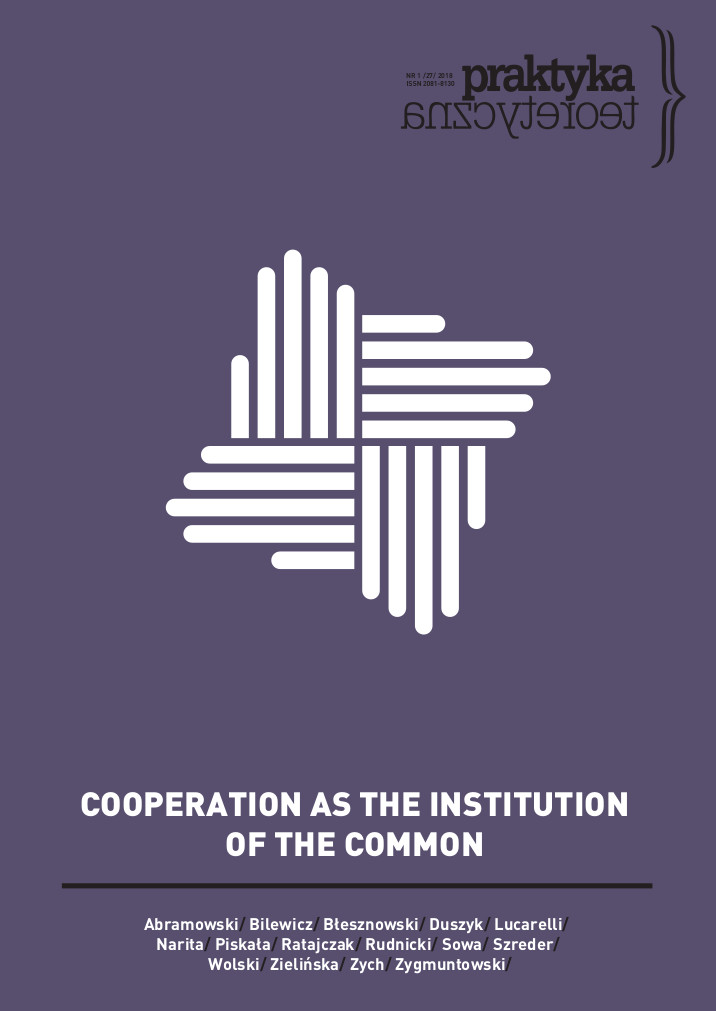
This is a review of Jamie Woodcock’s study of the call centre as a workplace, Working the Phones. The text discusses the methodology of co-research and the results of Woodcock’s engagement with forms of control and resistance in call centres.
More...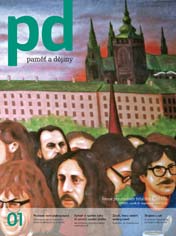
The autobiographical study examines the final year of communist totalitarian power. Theories of chaos and non-equilibrium history are used to demonstrate the political instability of both the governing regime and the dissent and underground. The author illustrates the gradual intertwining of the structures of power, the dissent, the grey zone and nascent civil society via the concept of chiasmus.
More...
The process of change from institutional care to the protection of mental health in the community inevitably implies constant changes and sets new requirements in terms of approach to beneficiaries, work organization and the development of a whole spectrum of new competences for community work. although one of the goals of the reform of the social care system in Serbia was to reduce institutionalization and advocate for the protection of beneficiaries in the least restrictive environment, there were no significant results. There are no clear strategic commitments, there is a gap between the normative and the practical, the services in the community are not sufficiently developed. italy is by many characteristics a country in which the model of mental health protection in the community is the most developed. The beginnings of the process are related to dr Franco Basaglia and his work in the large mental hospital St john (San giovanni), which was the first one to be deinstitutionalised and whose case today serves as a basis for the development of contemporary mental health care in the community. The paper presents the characteristics of mental health protection in italy and Serbia. Through a historical perspective, the analysis of legislation and the current level of development of the community based services, it determines whether and under what conditions it is possible to apply the basic features of the italian model in the context of Serbia.
More...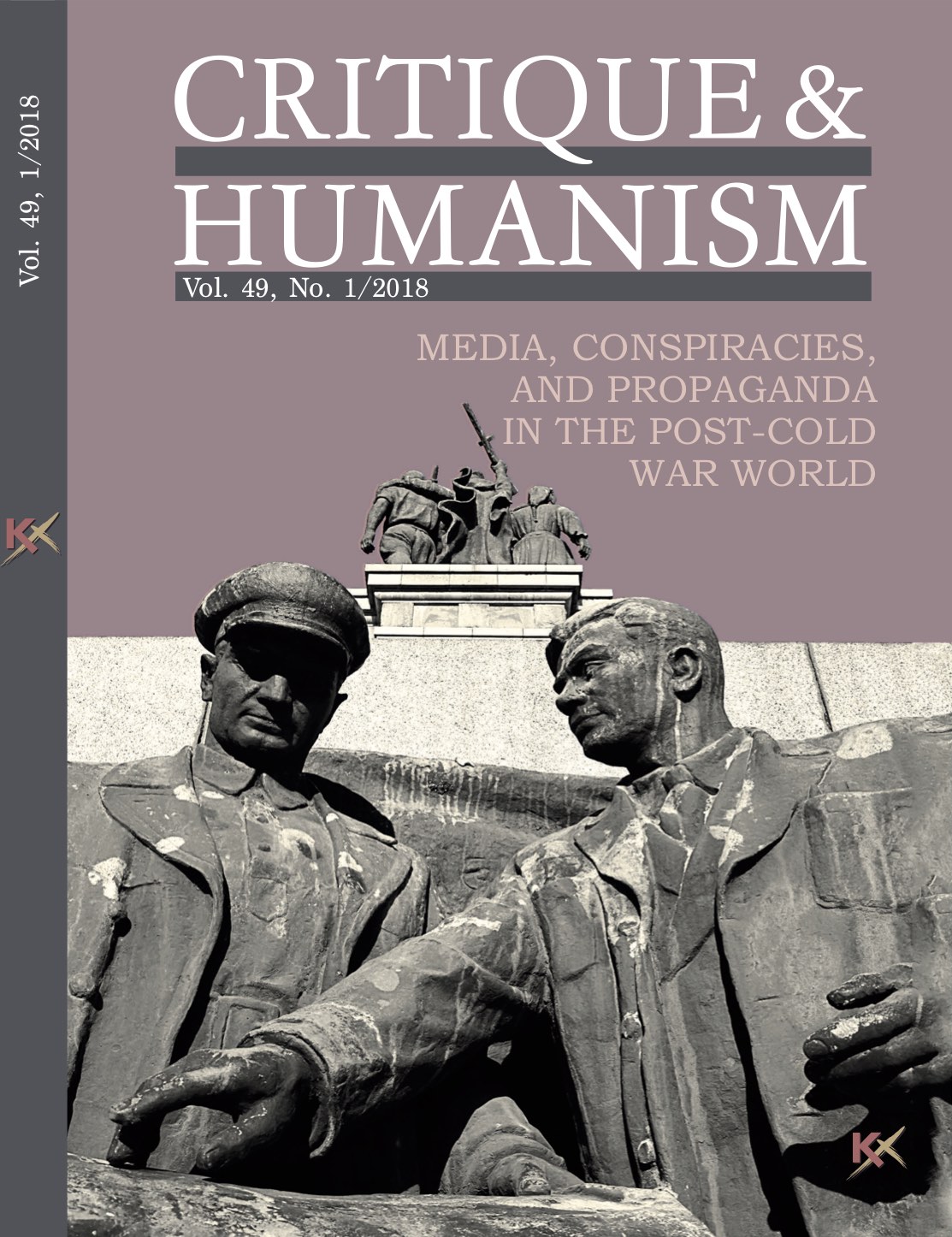
In the autumn of 2011, one of the working groups of #Occupy Wall Street discussed the idea of endorsing the concepts of the Zeitgeist films as an official ideology of the movement. The idea was ultimately dismissed, but since the Zeitgeist films were heavily influenced by Alex Jones, in order to do so the working group needed to develop a dividing line between conspiracy theories and the rebellious knowledge about the injustice of the 1%, which had inspired #Occupy. As the dividing line was to be drawn in discussion, which foreclosed any argument founded on authority, in fact any argument that implied asymmetrical distribution of knowledge, the theories of conspiracy theories turned out to be useless. Therefore the working group developed a concept of conspiracy theory suitable for its practical purposes, and shaped by what the participants perceived as strategic vulnerabilities. Their concept claimed that a conspiracy theory was any theory that can be accused of being one, and as this concept could be extended to any theory of injustice, the working group ultimately decided to recommend that #Occupy should not have any ideology. Later, the lack of ideology was widely criticized as a crucial vulnerability of the movement. Of course, this paper would not attribute this vulnerability to the rejection of the Zeitgeist films. Yet I will claim that the discussion of the films exemplifies a risk brought about by the concept of conspiracy theory, the risk of making any dissent vulnerable to accusations of irrationality.
More...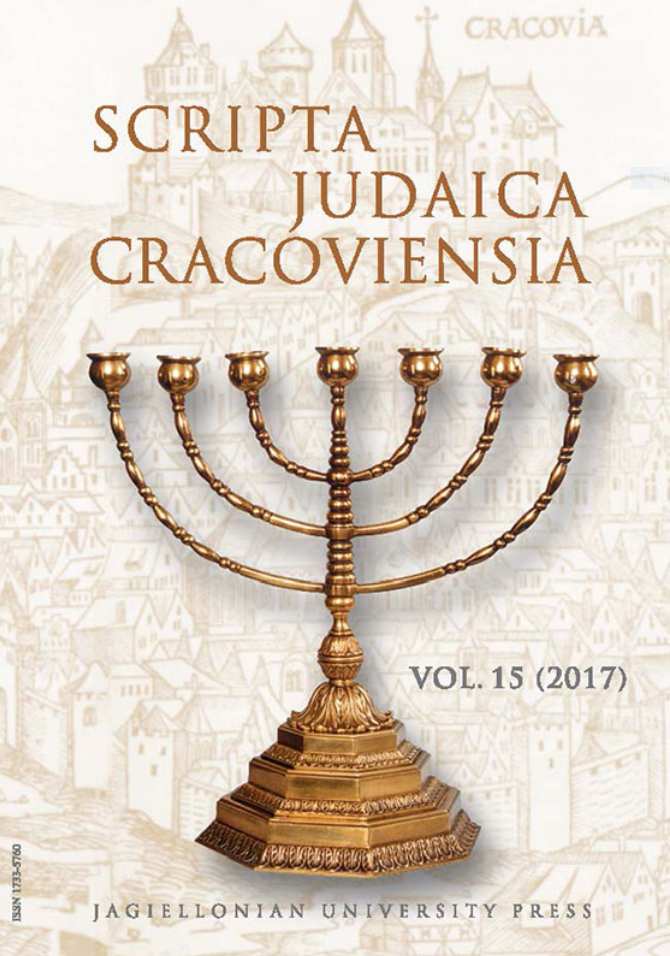
Stereotypes may be reductive and emotionally charged but, as shared inter-group perceptions, they are an integral part of any social interaction, especially in the history of neighboring groups such as Jews and Poles. Rutu Modan’s graphic novel The Property (2013) offers a broad range of stereotypical behaviors, characterizations, and attitudes which have informed the relationship between the two groups. The aim of this paper is to explore the nature of Polish-Jewish relations through the trope of the stereotype, revealing its persistence and ubiquity in both nations’ cultural milieus. The focus of the discussion will be on humor and irony as key discursive tools which, it will be argued, challenge the validity of stereotypes by breaking their polarity and opening up new avenues of communication. A stereotype-driven narrative, which challenges the past and invites re-readings of Holocaust discourse, facilitates cross-cultural awareness since stereotypes work both ways, revealing not only one’s prejudiced perspective of other groups, but also the perceiver’s character.
More...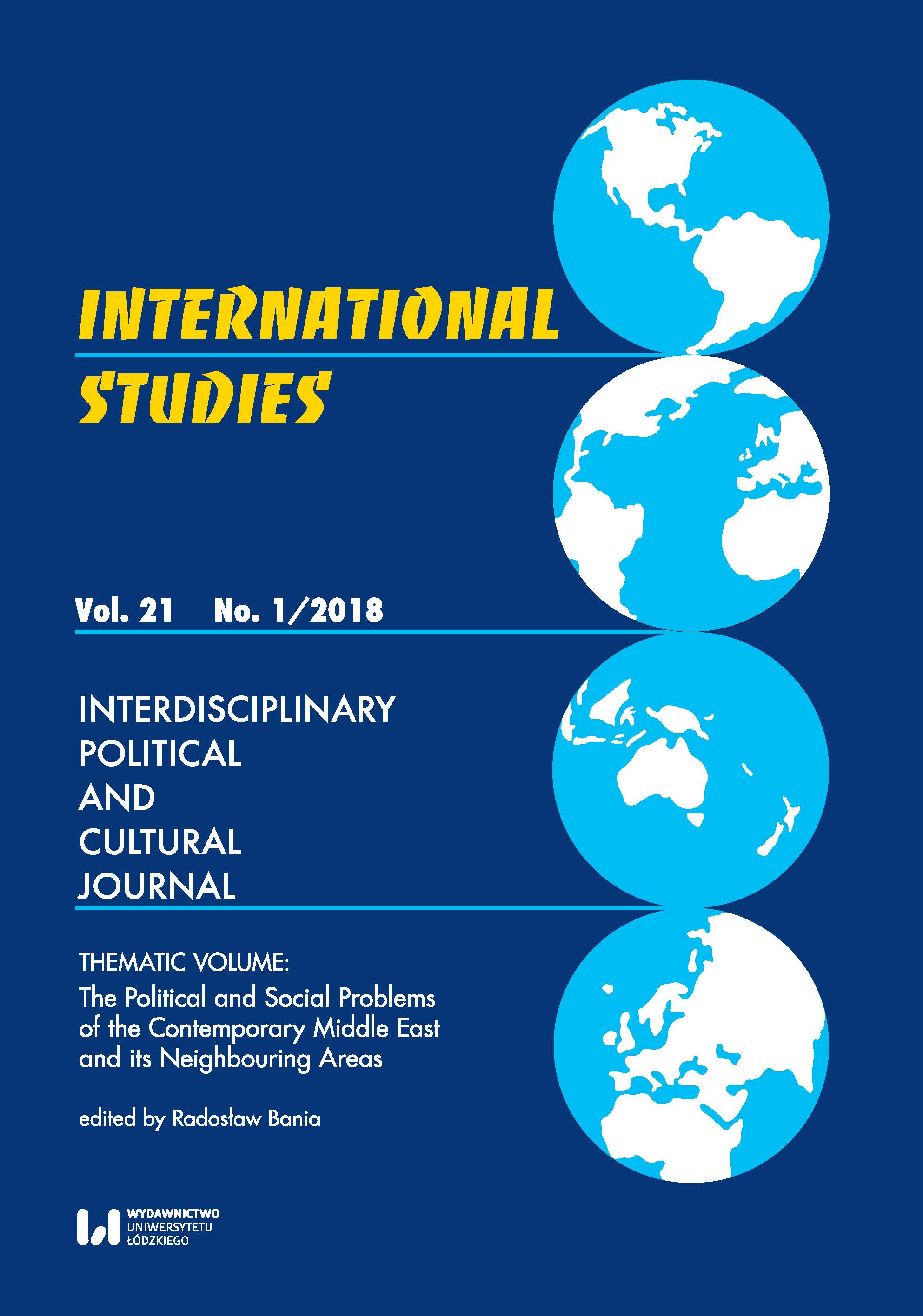
Polygynous families had been living legally in Russia in the areas inhabited by Muslims from the October Revolution to the mid-twentieth century. However, such a family model was not common among the followers of Islam. An act penalizing bigamy or polygamy was introduced into the Penal Code in 1960. During perestroika, and later changes in the political system, imams who came from abroad began to visit areas inhabited by Muslims. They contributed to the rebirth of religion and promoted the idea of polygamy. Polygyny is the visible sign of dissimilarity and Muslim identity and was an important point in their teaching. In this context the number of polygynous relationships in Russia has increased significantly. The article is dedicated to the analysis of social and political discourse in Russia that has been taking place for several years.
More...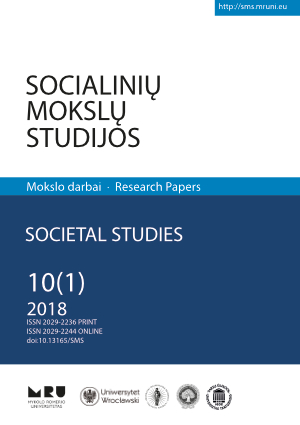
Modern society undergoes such rapid transformations, leading to social norms and institutions being faced with difficulties relating to adaptation. The question arises of whether psychoanalysis can be useful for the settlement of ethical and legal dilemmas related to the transformations of modern society. Even if the psychoanalytical process and social norms do not share the same goals, they meet in the Oedipal phase, because it is there, in the context of the prohibition of incest, that we find the first requirement that supposes the existence of moral law. Can data obtained in the process of psychoanalysis and examining a person’s mental well-being be used as an argument to substantiate the cited transformations? Aren’t certain value-based, institutional and legal transformations of modern society the result of the at least partial influence of data obtained during the process of psychoanalysis? However, unconscious meanings received as data in the psychoanalytic process and social norms are two completely different spaces: the moralist’s power is always in the norms, but the outcome of a psychoanalytical process does not anticipate making patient moral. The process of psychoanalysis accomplishes the function of liberating the morality of guilt and changing the relation with social norms.
More...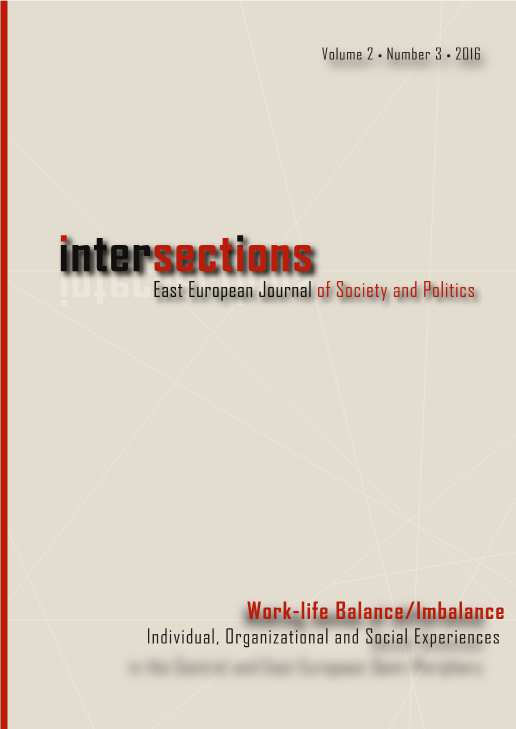
The paper focuses on a special type of conflict that emerges from the contradictory demands of work and family life, assuming that the gap between the ideal manager and the involved father might serve as significant conflict source in men’s life. In order to test the assumption an interview-based case study was made at the Hungarian subsidiary of a Scandinavian multinational service sector company, where 43 face-to-face semi-structured interviews were conducted with manager fathers. The interviews were analysed with the use of NVivo10 on the principle of qualitative content analysis. According to the findings behaviour-based work-family conflict is not the major source of conflict between work and family responsibilities, rather the contrary, managerial and father roles often enhance each other. In those cases when manager fathers have experienced conflict it appeared in two forms: as a double pressure that fathers are expected to be both traditional breadwinners and available involved fathers and as the difficulty to switch from managerial role into father role. The low level of behaviour-based conflict can be explained by the traditional division of labour and gender attitude in Hungary that conforms to the workplace’s expectations about ideal employees.
More...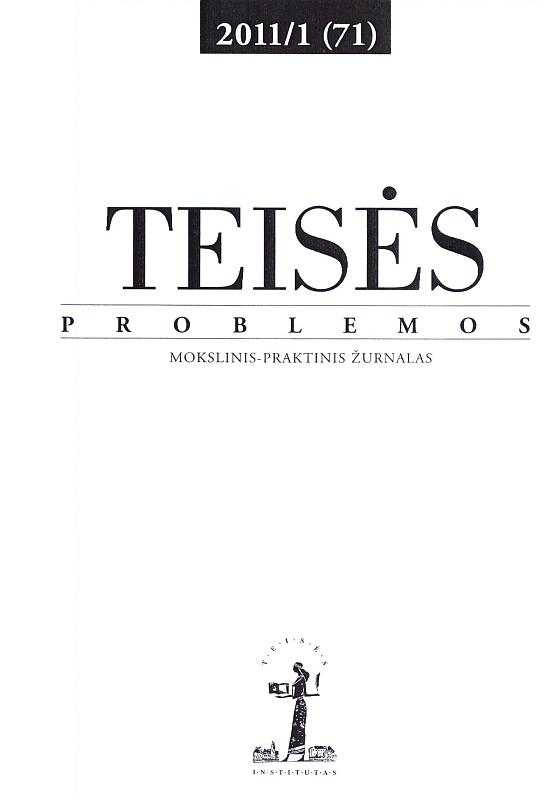
Article is devoted to an analysis of the influence of religion, as a factor of informal socia control, in preventing crime as well as of the main forms and conditions of this influence. Preventive effect of religion is being analysed on three levels: religion as a social phenomenon, individual religiosity and targeted religious activities. Influence of religion as a social phenomenon on crime prevention is being analyzed on these aspects: social environment (macro), relation between micro and macro environment, family environment and effect of religion subject to the nature of the offence and person’s age. Conclusion of the author that the effect of religion on the macro level (society) depends on how much religiosity is integral into the social fabric is based on the theories of E. Durkheim an R. Stark. Studies on the effect of religion in the context of macro and micro socio-cultural environment show, that preventive effect of religion is efficient in case religion operates in person’s social microenvironment while this social microenvironment is disorganized. In context of family environment the important variable is homogeneity, which, based on scientific research, has a reverse proportionality relationship with juvenile delinquency. In terms of dependence on the nature of offence and person’s age, it should be noted that religiosity can have a preventative effect upon victimless crimes and on juveniles. Preventive role of the religious identity is being analysed on individual level. A survey of research literature reveals that real religious identity, evidenced by the forms of internalization and externalization of religion, may have a significant role as a measure of social control. Interaction of these forms can be an important factor dealing with juvenile delinquents, meanwhile externalisation of religion (external religious activity) as a variable is extremely important for prevention of adult criminal behaviour. Analysis on the level of targeted religious activities is concentrated upon the impact of religious education programs practiced in USA prisons on convicted person’s recidivism after release. Analysis of research shows, that religious programs can have a significant preventive effect on recidivism of convicts, particularly during the first year after release.
More...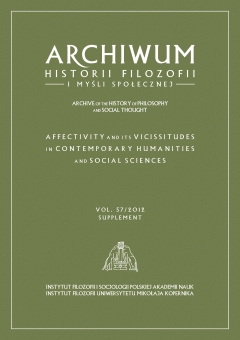
This paper aims to contribute to the analysis of ritual abuse moral panic through the development of insights on the role of affectivity in triggering anti-Satanist fantasies and consequently leading to social control practices. The proposed argument intends to demonstrate that in addition to the social sciences’ dominant explanation about the crucial role of the interest groups in stirring the early modern Europe witch craze and late 20th century ritual abuse scare, the emergence and maintenance of satanic panic should be also perceived within the perspective of the subject’s libidinal dynamics.
More...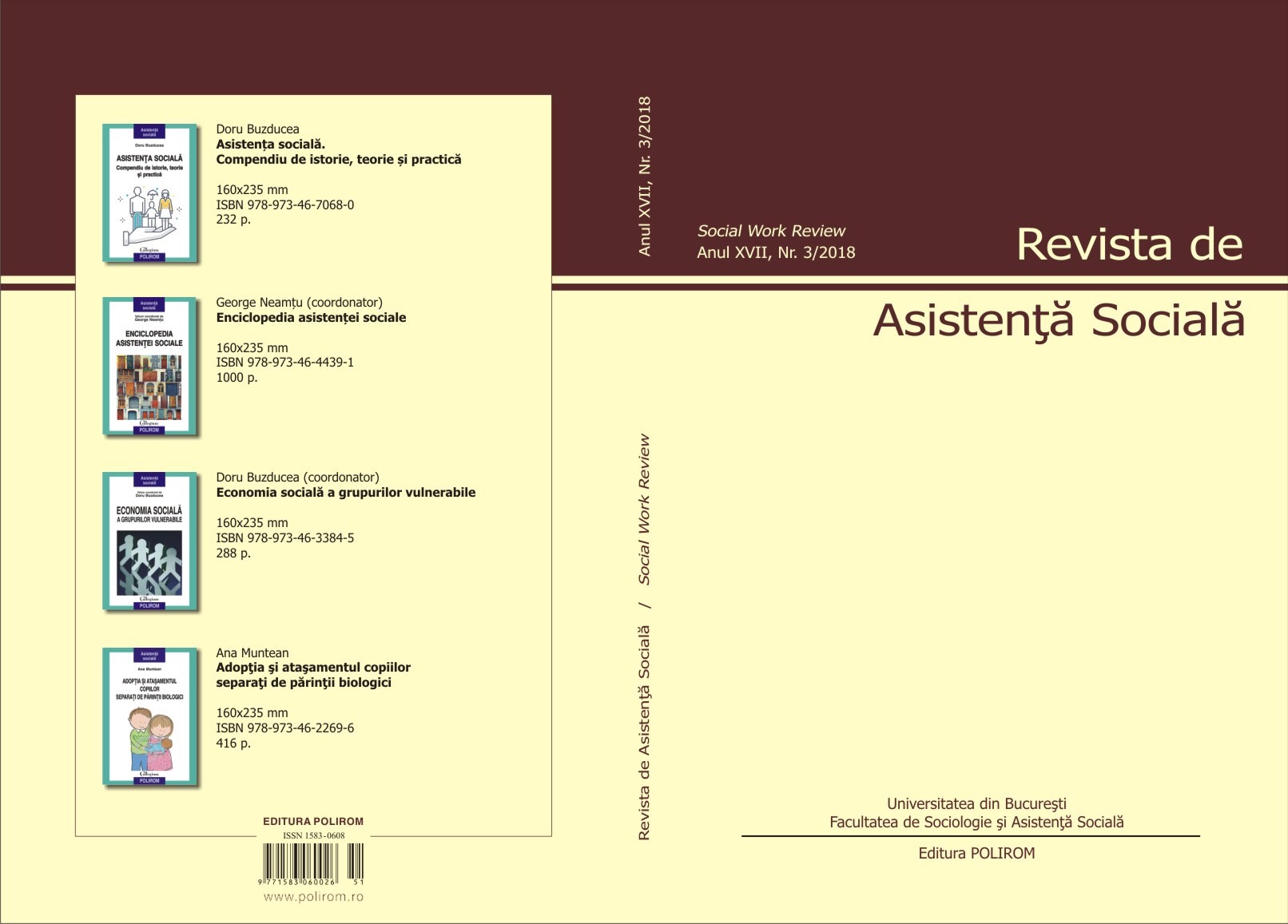
Beyond the emotional and social implications of domestic violence on victims, personal and community resources occupy a central place in the analysis of this phenomenon. Women possess many personal strengths and resources that promote leaving an abusive relationship and healing from the effects of IPV. Identified personal characteristics that aid in this process include spirituality, a sense of hope, self-education, positive self-talk and the belief in one’s ability to take action. The purpose of this study was to understand how social worker or counsellors can be most helpful to women who are attempting to access community resources in the process of leaving an abusive relationship by providing a thorough description of types of community and personal resources that female IPV survivors find most helpful. This research focuses on two problems personal and community resources that victims of IPV identify as critical to leaving an abusive relationship and, describe the experience of accessing these resources by victims of IPV. The research is based on a theoretical framework and the analysis was based on issues of qualitative methodology research that is using individual sociological investigation. So I made several semi structured interviews with victims of domestic violence that benefit of assistance and protection in a shelter from Arges county. Ten IPV survivors, ages 23-40 years, describe positive and negative experiences with social support, self-care, connection, IPV assessment, community validation, but many of them reported lack of protection, community support, and inappropriate responses to IPV needs. However, results of this study show that, although community resources for IPV victims are largely inadequate, the victims possess multiple forms of resiliency and the social worker can play a key role in assisting IPV victims.
More...